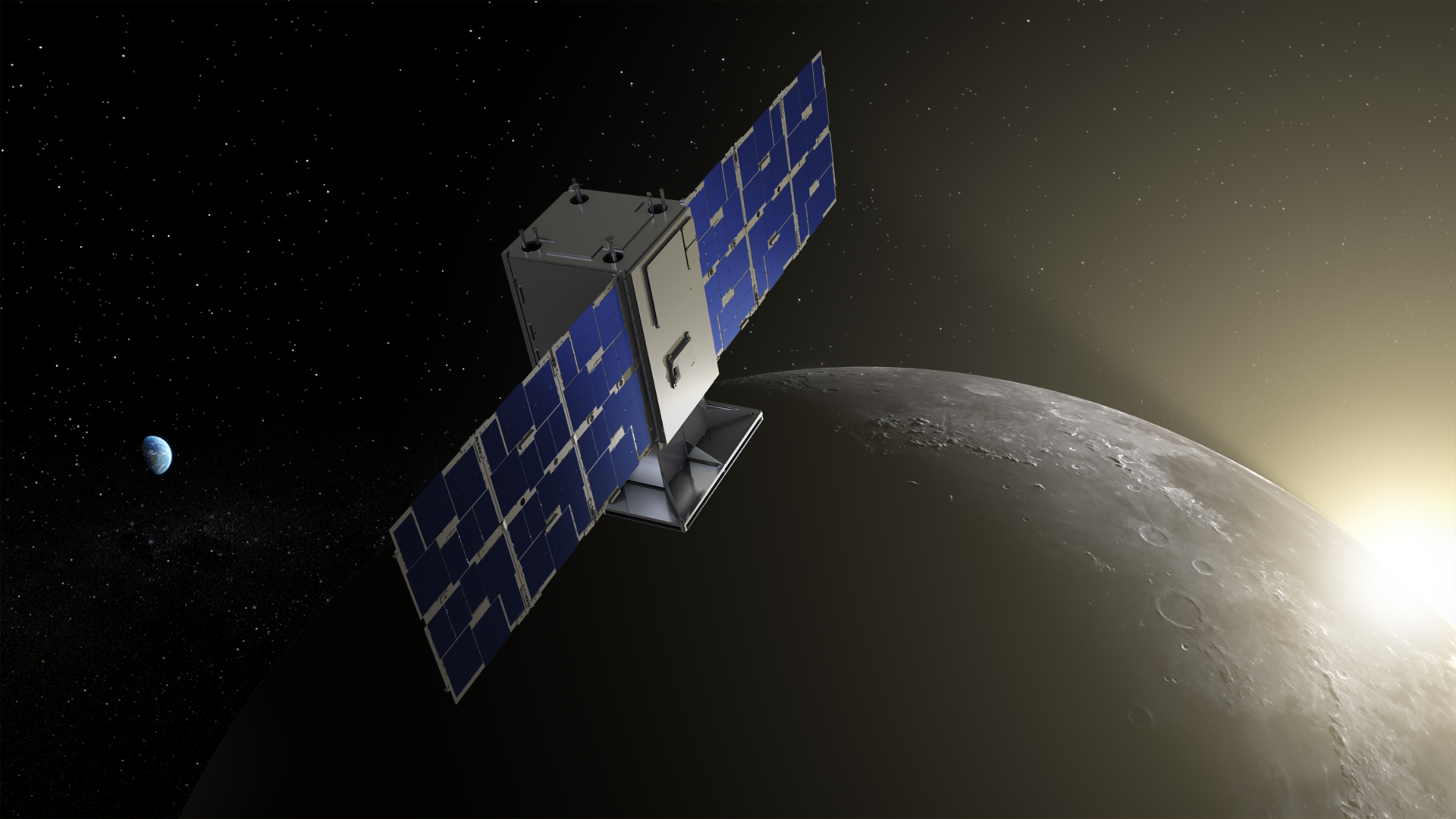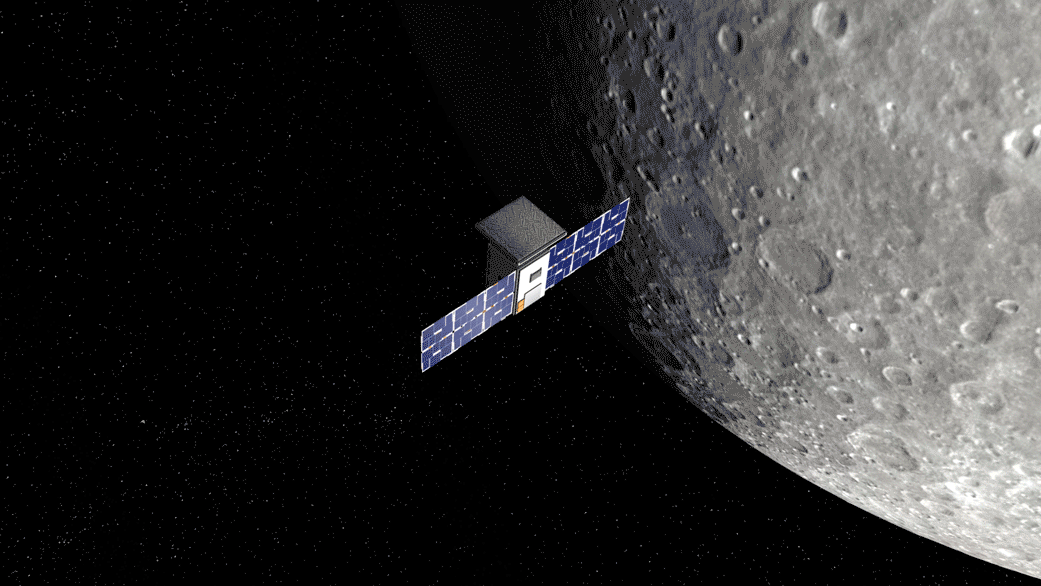NASA's tiny CAPSTONE probe still struggling en route to the moon
The little CAPSTONE spacecraft is stable, but engineers haven't yet regained full control as it flies towards the moon.

Engineers are still troubleshooting the glitches afflicting NASA's tiny moon-bound CAPSTONE probe.
CAPSTONE entered safe mode after an engine burn on Sept. 8, and the mission team has been addressing the problem ever since.
The microwave oven-sized CAPSTONE is a pioneer in cubesat science, helping to expand the reach of these little spacecraft well beyond Earth orbit. The still-undiagnosed issues may demonstrate the challenge of operating smaller vehicles in the radiation-laden environment of deep space.
According to the CAPSTONE teams, the 55-pound (25 kilograms) spacecraft is in a stable condition at the moment, but engineers have not yet gained full control of it.
Related: Why it'll take NASA's tiny CAPSTONE probe so long to reach the moon
"The CAPSTONE mission team is continuing to work towards recovery of the spacecraft's full three-axis control," the Colorado company Advanced Space, which operates the spacecraft for NASA, wrote during its latest update on Sept. 30. (The three axes are yaw, pitch and roll, which are used in aerospace to define movements of objects in the air or in space.)
Teams are currently "collecting information from the spacecraft, running simulations and refining recovery plans," added Advanced Space. NASA, in its own update, echoed these procedures and emphasized the spacecraft is still flying toward the moon and "generating more power from its solar panels than the spacecraft systems are using."
Breaking space news, the latest updates on rocket launches, skywatching events and more!
The initial glitch "resulted in the vehicle attitude [orientation] rates growing beyond the capacity of the onboard reaction wheels to control and counter," according to a Sept. 12 update from Advanced Space. CAPSTONE entered safe mode as a result.
CAPSTONE launched atop a Rocket Lab Electron booster on June 28 with an ambitious mission to occupy and characterize a lunar near rectilinear halo orbit (NRHO). That's the same orbit that will be used by NASA's Gateway space station in a few years.
NASA wants to verify how stable the orbit is ahead of launching Gateway, which is a key part of the agency's Artemis moon program. Aside from this orbital verification, the cubesat has navigation and communications experiments planned, including some in partnership with NASA's Lunar Reconnaissance Orbiter.
CAPSTONE isn't expected to reach the moon until Nov. 13, and it remains on course, team members have said. On July 4, teams overcame another major issue when the spacecraft went dark just after separating from Rocket Lab's Photon spacecraft bus. Teams traced the issue to an improperly formatted command and fixed it a day later.
Follow Elizabeth Howell on Twitter @howellspace. Follow us on Twitter @Spacedotcom or Facebook.

Elizabeth Howell (she/her), Ph.D., was a staff writer in the spaceflight channel between 2022 and 2024 specializing in Canadian space news. She was contributing writer for Space.com for 10 years from 2012 to 2024. Elizabeth's reporting includes multiple exclusives with the White House, leading world coverage about a lost-and-found space tomato on the International Space Station, witnessing five human spaceflight launches on two continents, flying parabolic, working inside a spacesuit, and participating in a simulated Mars mission. Her latest book, "Why Am I Taller?" (ECW Press, 2022) is co-written with astronaut Dave Williams.

